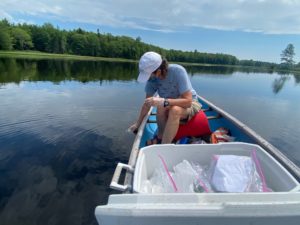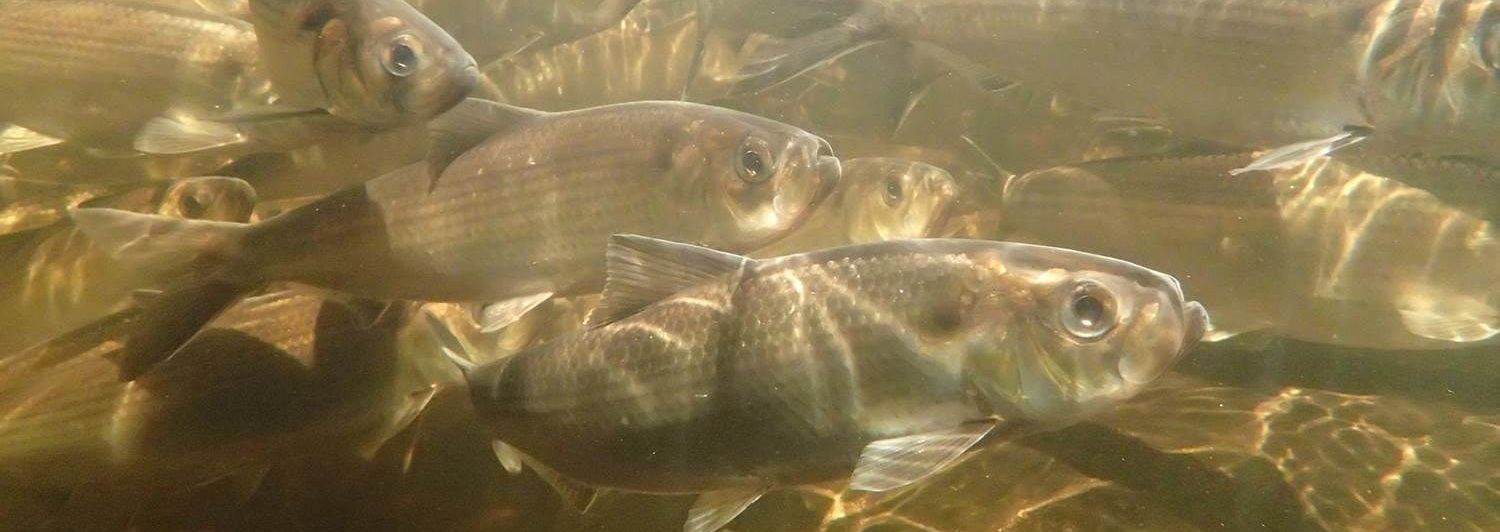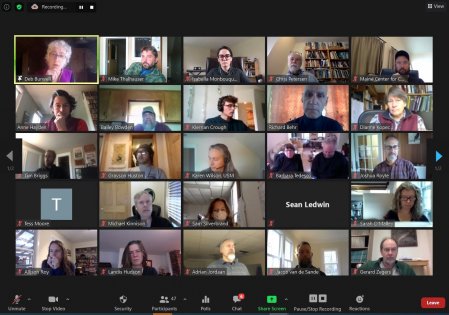Restoration of river herring is critical to restoring the health of lakes, ponds, rivers and streams, coastal food webs, and marine fisheries. Five years ago, the Downeast Fisheries Partnership held the first workshop focused on community-based restoration efforts. At the end of that meeting, fisherman and steward Bailey Bowden stood up and said, “I had no idea that anybody else cared about river herring as much as I do. I had no idea that there are scientists that study river herring. And, I had no idea that restoring river herring was critical to bringing back cod and haddock.”
Since those early days, Manomet and our partners have been working to build connections between research scientists and communities committed to restoring and sustaining their river herring runs. Despite COVID-19 and the pandemic, or perhaps because of it, we are making progress in raising the profile of river herring as a foundation species and the importance of restoration.

A few months ago, on Manomet’s social media and newsletter, I shared an update about the environmental DNA (or eDNA) research that Manomet is working on with the Maine Center for Coastal Fisheries (MCCF). Together, Mike Thalhauser of the MCCF and I collect water samples to analyze the environmental DNA (eDNA – the DNA released by all organisms into water, soil, air, more) for signs of river herring. Looking for eDNA in water samples is a much less invasive way to collect data. The data collected helps us understand how river herring are represented in Maine’s coastal food webs.
On one of our trips, Mike and I discussed our goal to convene Maine’s key river herring stakeholders— community river herring activists, academic researchers, and state and local managers. As Mike tells it, “this sampling trip turned into a plan to bring all of these folks together into a conversation about how we work together, across boundaries, to leverage all of our knowledge and capacity to really move the ball forward in river herring research, management, and restoration.”





 Back to all
Back to all
